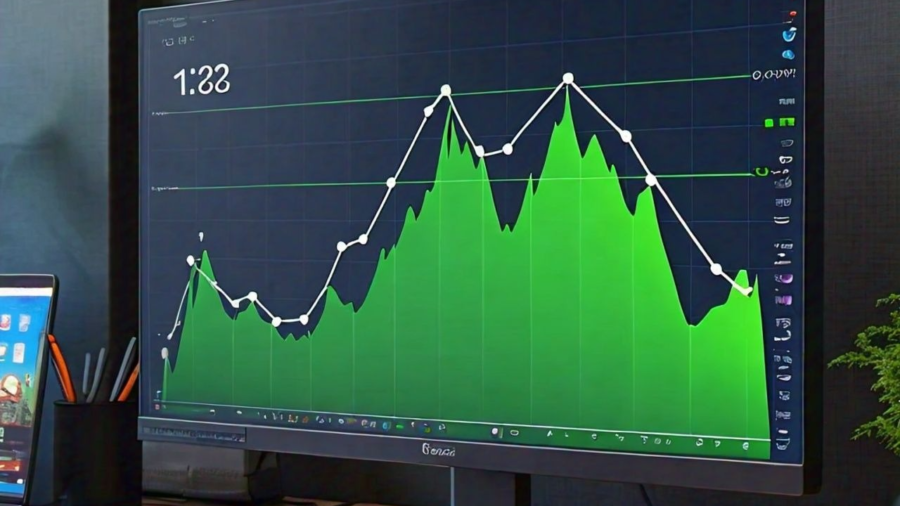“The Role of Data Science in Business Growth” involves using data analytics and predictive modeling to improve decision-making, streamline operations, and discover new opportunities. By analyzing data, businesses can enhance efficiency, improve customer experiences, and foster innovation.
Explore how data science can drive business growth by providing valuable insights and enabling data-driven decision-making. Learn about key applications and benefits.
Also Visit: Eyeucloud
In today’s data-driven world, businesses that can effectively harness and analyze their data have a significant competitive advantage. Data science involves using advanced analytics, machine learning, and statistical methods to extract meaningful insights from data.

The Role of Data Science in Business Growth
Data science plays a crucial role in helping businesses grow and succeed in today’s competitive market. It involves analyzing large amounts of data to gain insights and make better decisions. Here’s how data science contributes to business growth in simple terms:
1. Understanding Customers
Data science helps businesses understand their customers better. By analyzing customer behavior, preferences, and trends, companies can tailor their products, services, and marketing strategies to meet customer needs more effectively. This leads to improved customer satisfaction and loyalty.
2. Improving Operations
Businesses use data science to examine their operations and identify areas where they can be more efficient. By finding and addressing inefficiencies, companies can reduce costs and streamline their processes. This helps them operate more smoothly and effectively.
3. Predicting Future Trends
Data science enables businesses to look at past data to predict future trends. This means companies can make informed decisions about what to expect in the future, such as changes in customer preferences or market conditions. It helps businesses plan and prepare for upcoming challenges and opportunities.
4. Managing Risks
By analyzing data, businesses can identify potential risks and develop strategies to manage them. This means they can take proactive steps to avoid problems and reduce the impact of any issues that do arise. Effective risk management helps ensure long-term stability and success.
5. Driving Innovation
Data science can spark new ideas and innovations. By exploring data, businesses can discover new opportunities and create new products or services. This fosters creativity and helps companies stay ahead of the competition.
Key Applications:
- Customer Insights: Understand customer behavior, preferences, and trends to improve marketing strategies and enhance customer experience.
- Operational Efficiency: Analyze operational data to identify inefficiencies and optimize processes.
- Predictive Analytics: Use historical data to predict future trends and make informed decisions.
- Risk Management: Identify potential risks and develop strategies to mitigate them.
By leveraging data science, businesses can make more informed decisions, improve operational efficiency, and ultimately drive growth. At EyeuCloud, our data science experts help you turn your data into actionable insights, enabling you to stay ahead in the competitive market.
Conclusion
In summary, data science is essential for business growth. It provides valuable insights that help companies understand their customers, improve operations, predict future trends, manage risks, and drive innovation. By leveraging data science, businesses can make smarter decisions and achieve long-term success.




